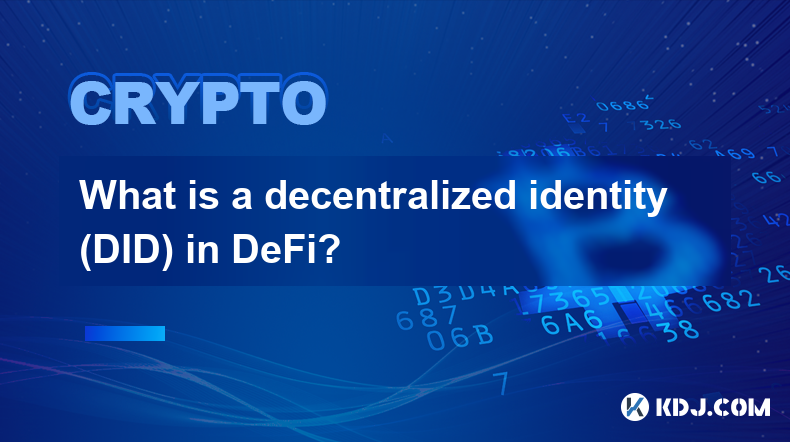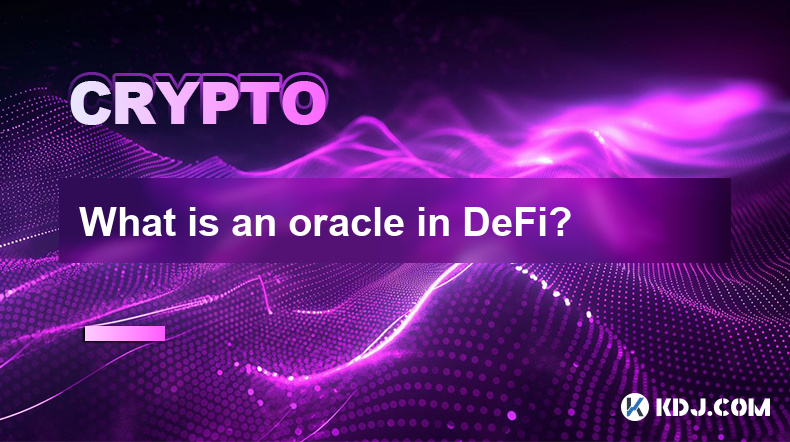-
 Bitcoin
Bitcoin $82,260.6374
7.56% -
 Ethereum
Ethereum $1,645.2331
11.99% -
 Tether USDt
Tether USDt $0.9998
0.05% -
 XRP
XRP $2.0175
12.61% -
 BNB
BNB $578.5452
4.99% -
 Solana
Solana $117.3723
11.34% -
 USDC
USDC $1.0000
0.00% -
 Dogecoin
Dogecoin $0.1577
10.84% -
 TRON
TRON $0.2380
3.44% -
 Cardano
Cardano $0.6234
11.54% -
 UNUS SED LEO
UNUS SED LEO $9.3859
4.09% -
 Chainlink
Chainlink $12.4865
14.40% -
 Toncoin
Toncoin $3.1208
3.93% -
 Avalanche
Avalanche $18.3156
13.39% -
 Stellar
Stellar $0.2385
8.07% -
 Sui
Sui $2.2054
14.23% -
 Hedera
Hedera $0.1679
14.82% -
 Shiba Inu
Shiba Inu $0.0...01180
10.64% -
 MANTRA
MANTRA $6.7676
8.98% -
 Bitcoin Cash
Bitcoin Cash $302.5780
12.75% -
 Litecoin
Litecoin $75.1950
8.75% -
 Polkadot
Polkadot $3.5923
6.67% -
 Dai
Dai $0.9999
-0.01% -
 Bitget Token
Bitget Token $4.3317
8.60% -
 Ethena USDe
Ethena USDe $0.9990
0.04% -
 Hyperliquid
Hyperliquid $13.4773
15.63% -
 Pi
Pi $0.5918
4.33% -
 Monero
Monero $201.3830
2.73% -
 Uniswap
Uniswap $5.3345
11.56% -
 OKB
OKB $53.3879
4.36%
When was AAVE coin issued? Learn about the origin of AAVE coin in one article
Conceived as part of the revamped Aave Protocol in 2020, the AAVE coin emerged to expand the functionality of the original ETHLend platform.
Oct 02, 2024 at 11:48 pm

- Origins of the AAVE Coin
The AAVE coin has its roots in an existing decentralized finance (DeFi) platform known as ETHLend. Conceived in 2017, ETHLend allowed users to lend and borrow cryptocurrencies, facilitated by the LEND token.
- Creation of Aave Protocol
In 2020, the Aave team launched its revamped platform, Aave Protocol, alongside the introduction of the AAVE coin. The new platform expanded on ETHLend's core functionality, enabling users to access other DeFi services such as flash loans, lending pools, and more.
- AAVE Coin Distribution
The distribution of AAVE coins took place in two phases:
- Airdrop to LEND Holders: Existing LEND token holders were airdropped AAVE coins at a ratio of 100 LEND to 1 AAVE.
- Distribution to Aave Protocol Users: Early users of the Aave Protocol were also eligible to receive AAVE coins as a reward for their participation.
- AAVE Coin Use Cases
The AAVE coin plays several critical roles within the Aave Protocol ecosystem:
- Governance: AAVE holders can participate in the governance of the protocol, voting on proposals and influencing its future development.
- Rewards: Users who stake AAVE coins are entitled to a portion of the protocol's revenue as rewards.
- Collateral: AAVE can serve as collateral to obtain flash loans and unlock other services within the Aave Protocol.
- AAVE Coin Performance and Outlook
Since its launch in 2020, the AAVE coin has gained significant traction in the cryptocurrency market. Its value has fluctuated over time, but it has generally shown an upward trend. The future of AAVE is highly dependent on the growth and adoption of the DeFi ecosystem, as well as the broader crypto market conditions.
Disclaimer:info@kdj.com
The information provided is not trading advice. kdj.com does not assume any responsibility for any investments made based on the information provided in this article. Cryptocurrencies are highly volatile and it is highly recommended that you invest with caution after thorough research!
If you believe that the content used on this website infringes your copyright, please contact us immediately (info@kdj.com) and we will delete it promptly.
- Troller Cat (TCAT) – The Meme Coin Presale That's Redefining The Market
- 2025-04-10 09:25:13
- In a Recent Interview, Michael Saylor Discussed His Vision for the Future of the BTC Market
- 2025-04-10 09:25:13
- Bitcoin (BTC) Shows Strong Recovery Signs, Climbing Nearly 5% and Reclaiming Important Support Levels
- 2025-04-10 09:20:13
- Market Sentiments Surrounding Artificial Intelligence Cryptocurrency Are Mixed
- 2025-04-10 09:20:13
- Bitcoin is hovering close to $88,000, nearly 10% above its bull market low of $76600.
- 2025-04-10 09:15:14
- The SEC’s Years-Long Crusade Against the Crypto Industry Seems to Be Over
- 2025-04-10 09:15:14
Related knowledge

What is a decentralized identity (DID) in DeFi?
Mar 23,2025 at 11:57am
Key Points:Decentralized Identifiers (DIDs) offer a self-sovereign approach to digital identity management, crucial for DeFi's privacy and security needs.DIDs operate independently of centralized authorities, empowering users with control over their data.Integrating DIDs into DeFi applications enhances user privacy, reduces reliance on intermediaries, a...

What does "composability" mean in DeFi?
Mar 14,2025 at 12:36pm
Key Points:Composability in DeFi refers to the ability of different decentralized finance (DeFi) protocols to interact and combine seamlessly, creating novel financial products and services.This interoperability is a core tenet of the DeFi ecosystem, fostering innovation and efficiency.Understanding composability requires exploring its mechanisms, benef...

What is token economics in DeFi?
Mar 14,2025 at 03:20am
Key Points:Token economics in DeFi defines how tokens are used to incentivize and govern decentralized finance (DeFi) protocols.It encompasses token utility, distribution mechanisms, and economic models designed to ensure sustainability and growth.Understanding token economics is crucial for evaluating the long-term viability and potential risks of DeFi...

How are transaction fees calculated in DeFi?
Mar 14,2025 at 04:25am
Key Points:DeFi transaction fees vary significantly depending on the specific protocol, network congestion, and the complexity of the transaction.Gas fees, a crucial component, are paid in the native token of the blockchain (e.g., ETH on Ethereum).Factors influencing gas fees include the type of transaction, data size, and network demand.Protocols often...

What is an oracle in DeFi?
Mar 22,2025 at 06:50am
Key Points:Oracles bridge the gap between on-chain and off-chain data in DeFi, providing real-world information to smart contracts.Different oracle types exist, each with its own strengths and weaknesses, including centralized, decentralized, and hybrid oracles.Security and reliability are crucial concerns for oracles, as vulnerabilities can lead to sig...

What is a cross-chain bridge? What is its role in DeFi?
Mar 14,2025 at 10:00am
Key Points:Cross-chain bridges facilitate the transfer of assets between different blockchains.They are crucial for DeFi's interoperability, allowing users to access diverse applications and liquidity pools across various networks.Several types of cross-chain bridges exist, each with its own security and scalability trade-offs.Understanding the risks as...

What is a decentralized identity (DID) in DeFi?
Mar 23,2025 at 11:57am
Key Points:Decentralized Identifiers (DIDs) offer a self-sovereign approach to digital identity management, crucial for DeFi's privacy and security needs.DIDs operate independently of centralized authorities, empowering users with control over their data.Integrating DIDs into DeFi applications enhances user privacy, reduces reliance on intermediaries, a...

What does "composability" mean in DeFi?
Mar 14,2025 at 12:36pm
Key Points:Composability in DeFi refers to the ability of different decentralized finance (DeFi) protocols to interact and combine seamlessly, creating novel financial products and services.This interoperability is a core tenet of the DeFi ecosystem, fostering innovation and efficiency.Understanding composability requires exploring its mechanisms, benef...

What is token economics in DeFi?
Mar 14,2025 at 03:20am
Key Points:Token economics in DeFi defines how tokens are used to incentivize and govern decentralized finance (DeFi) protocols.It encompasses token utility, distribution mechanisms, and economic models designed to ensure sustainability and growth.Understanding token economics is crucial for evaluating the long-term viability and potential risks of DeFi...

How are transaction fees calculated in DeFi?
Mar 14,2025 at 04:25am
Key Points:DeFi transaction fees vary significantly depending on the specific protocol, network congestion, and the complexity of the transaction.Gas fees, a crucial component, are paid in the native token of the blockchain (e.g., ETH on Ethereum).Factors influencing gas fees include the type of transaction, data size, and network demand.Protocols often...

What is an oracle in DeFi?
Mar 22,2025 at 06:50am
Key Points:Oracles bridge the gap between on-chain and off-chain data in DeFi, providing real-world information to smart contracts.Different oracle types exist, each with its own strengths and weaknesses, including centralized, decentralized, and hybrid oracles.Security and reliability are crucial concerns for oracles, as vulnerabilities can lead to sig...

What is a cross-chain bridge? What is its role in DeFi?
Mar 14,2025 at 10:00am
Key Points:Cross-chain bridges facilitate the transfer of assets between different blockchains.They are crucial for DeFi's interoperability, allowing users to access diverse applications and liquidity pools across various networks.Several types of cross-chain bridges exist, each with its own security and scalability trade-offs.Understanding the risks as...
See all articles





















































































